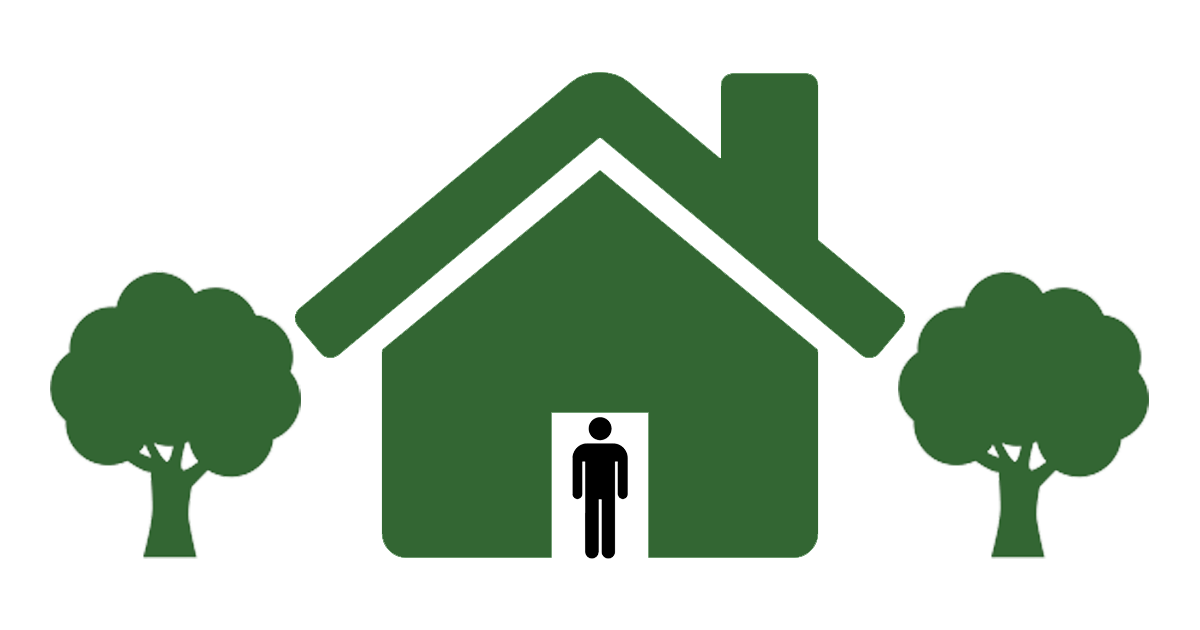The Big Change in Public School Classrooms This Fall
For some schools, big changes are afoot. For others, it’s status quo
By Matt Carmichael on August 26, 2014 at 9:24 am CDT
The changing demographics of classrooms
Highlights
Our nation’s schools might now be majority-minority
In our largest cites, this happened decades ago
Today the white population of Chicago Public Schools stands around nine percent. It’s less than that in Los Angeles and Houston.
As kids head back to schools this fall, they likely won’t notice that their classrooms reached an important tipping point this year. According to the U.S. Department of Education , our nation’s public schools are projected to be majority-minority as of this school year. That means white students will not be the majority for the first time in history.
Here’s a quote from the Pew Research Center on why this is happening:
Most of the growth is driven by U.S.-born Hispanic and Asian children rather than immigrant children. The number of Hispanic and Asian school-age children born in the U.S. has boomed, according to an analysis of Census Bureau data. The difference in growth between U.S.-born and immigrant children is most dramatic among Hispanics. From 1997 to 2013, the number of Hispanic children ages 5 to 17 born in the U.S. jumped 98 percent, while the group’s immigrant population of the same age declined by 26 percent. Among Asians of this age, the number of U.S.-born Asians increased 50 percent during this time, and the immigrant population increased a more modest 9 percent.
Many large cities have actually seen enrollment decline in public schools. This is very pronounced in Chicago, where the city closed and consolidated a record number of schools last year.
Here’s a quote from the Chicago Tribune .
“It’s a continuation of an earlier trend,” said Ashraf Manji, coordinator of the [school] board’s Department of Operations, Analysis and Planning.
Manji said that as the general economy improves, people of all ethnic and racial groups tend to move outside the city. He said this trend is particularly reflected in the survey’s data for blacks and whites, which both registered declines this year. But it also is true for Hispanics, even though their numbers increased in the system, he said.
Oh wait, that last quote was from 1989 . See, for public school systems in our largest cities, that majority-minority tipping point was reached ages ago. In Chicago, for example, it tipped in 1964, when enrollment was nearly 30 percent higher than it is today. Today the white population of Chicago Public Schools stands around nine percent. It’s less than that in Los Angeles and Houston. Philadelphia is about 14 percent white. New York, with the largest public school system in the nation, is about 18 percent white.
What I’m saying is this is merely a new phenomenon in some of our smaller and mid-sized cities. The largest cities tipped decades ago.
Does that mean the majority of children are non-white? Maybe. At the very least, we’re close in the under age 5 set. Overall, the public school system mirrors that. The Census Bureau predicted earlier that we would become a minority-majority nation by now, only to reverse that when the recession knocked birth-rate figures (and most everything else) off of their trend lines.
However, we’re not nearly as close for the entire under age 18 population.
So why do some of these demographic gaps and skews exist? Why are there disproportionately fewer white children in some of our public school systems, and why are there disproportionally fewer white children in some of our largest cities?
The answer, of course, is the schools themselves.
People move for better schools, if they can afford a choice. And if they can afford to, people in struggling school districts will opt out for some sort of private education. Again, if they can afford to.
Inequality is one of our biggest urban challenges, and nowhere does this manifest as clearly and deeply than in our school systems.
Consider the recent research by one of our advisors, Jed Kolko at Trulia . He put some numbers behind this. In areas with low-ranking public schools, as many as 18 percent of kids go to private school. In areas with high-ranking public schools, as few as 4 percent do.
As cities grapple with changing socio-economic demographics, investing in schools seems to be a safe and obvious bet. And as the sizable millennial generation moves into what will be its peak child-bearing years, the cities that figure that out and create or sustain high levels of quality education will either see the migration of families into their bounds, a need for more private schools or likely both.
Matt Carmichael is a contributing editor and former editor-in-chief of Livability.com. He is a recognized authority on demographics, consumer trends, economic development and best places to live.
Reader Comments
Use a Facebook account to comment. Subject to Facebook’s Terms of Service and Privacy Policy . Your Facebook name, photo other personal information you make public on Facebook will appear with your comment.
